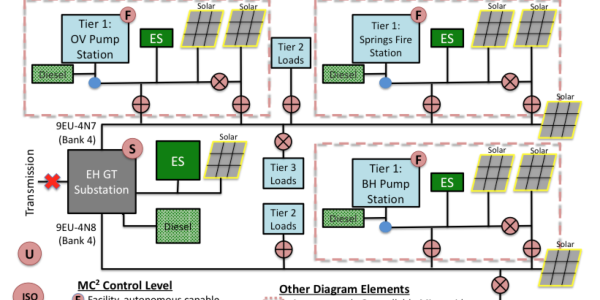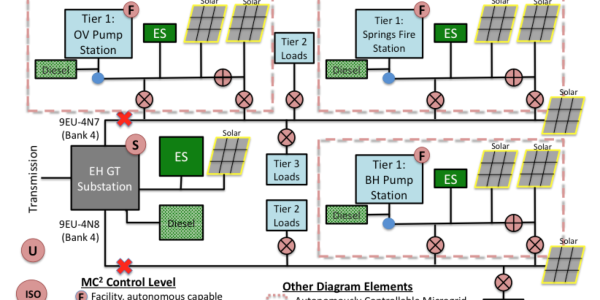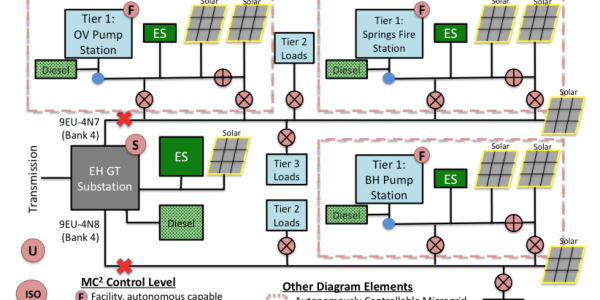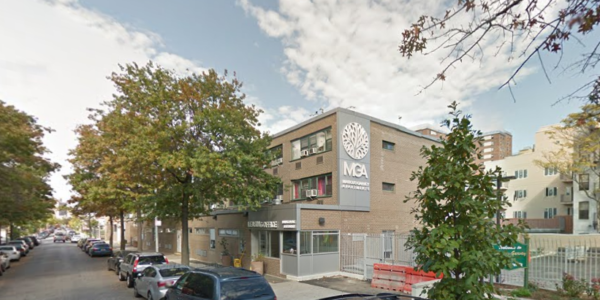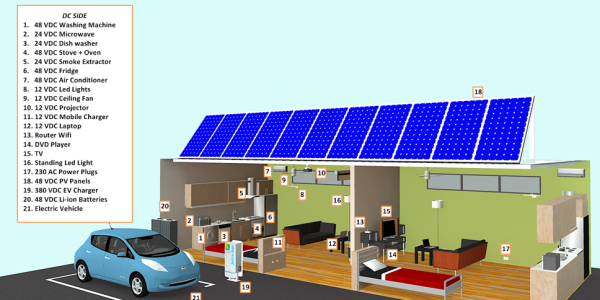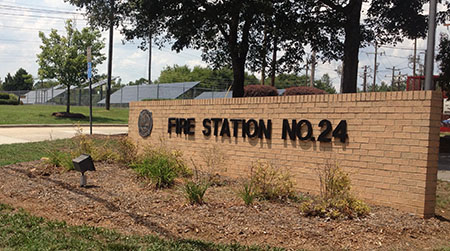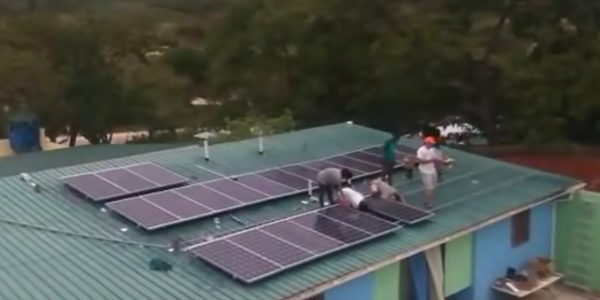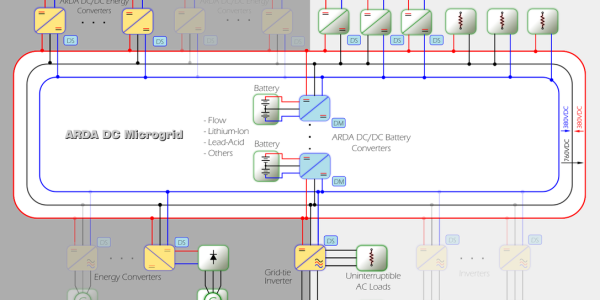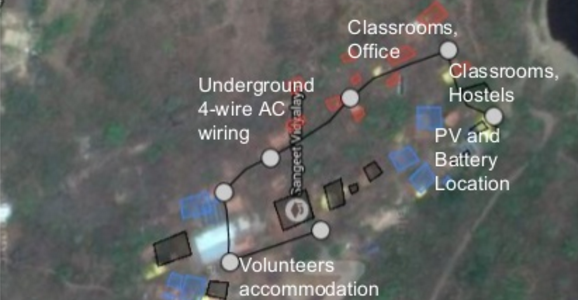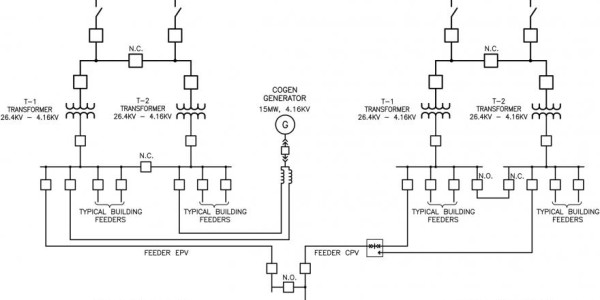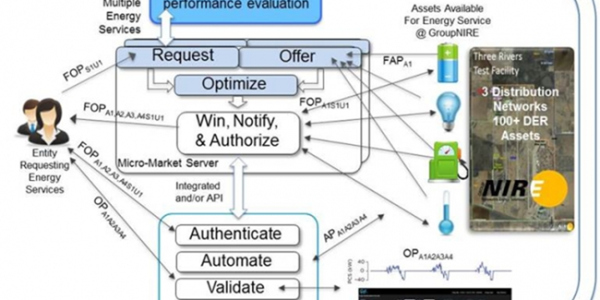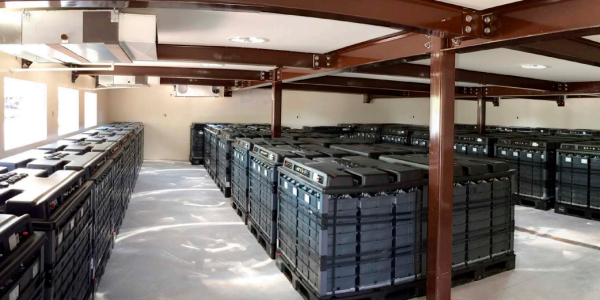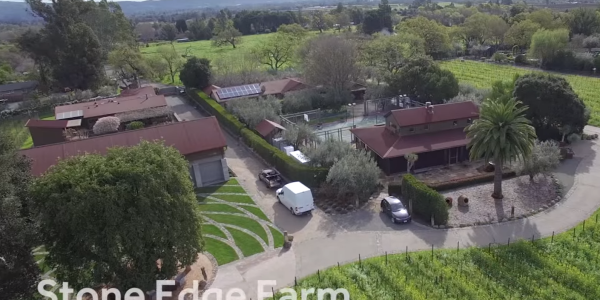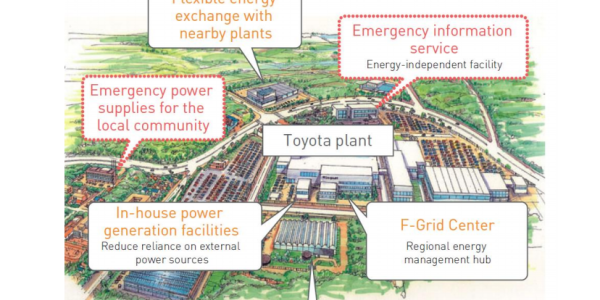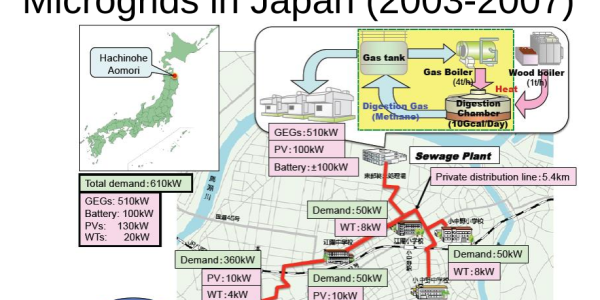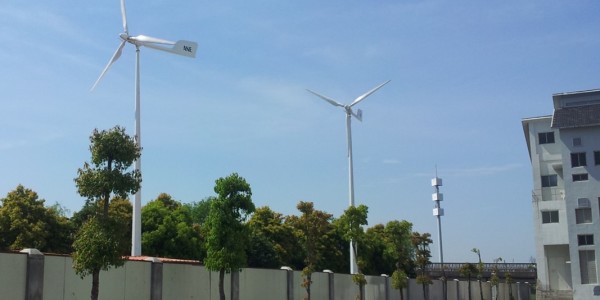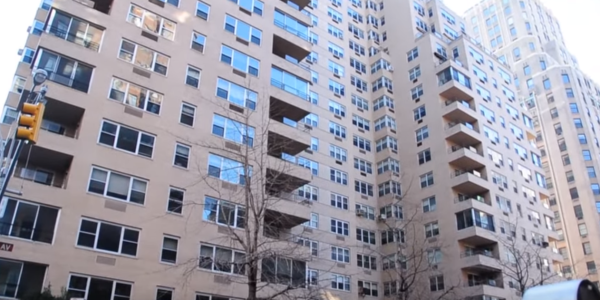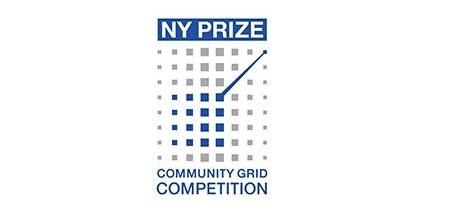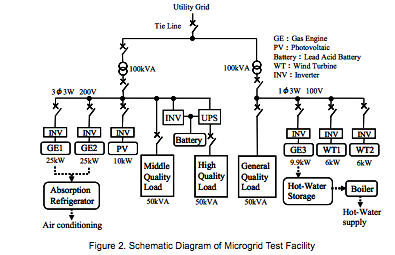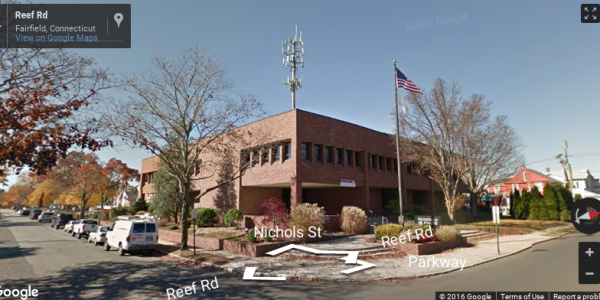The Long Island Community Microgrid Project (LICMP) would provide energy support to a community susceptible to storm damage year round. The proposed microgrid would receive up to 50 percent of its electric energy requirements from local solar — avoiding hundreds of millions of dollars in transmission investments that otherwise would be required under a traditional approach to delivering power to this grid-constrained community. Technology would include up to 15 MW of local solar, a 25-MWh energy storage system, and other distributed energy resources (DER). Critical services include two Suffolk County Water Authority (SCWA) water pumping and filtration plants and the Springs Fire District facility.
The Long Island Community Microgrid Project will provision about 50% of its grid-area electric power requirements from local solar. Additionally, this approach shows the way to avoid $300 million in transmission upgrades to the East End of Long Island, while directly avoiding transmission infrastructure investments and avoided peak energy costs that more than pay for the entire Project. The result will be an optimized local energy system combining up to 15 megawatts (MW) of solar power with a 25-megawatt-hour energy storage system. The renewables-based solution will also provide backup power to critical loads, including two Suffolk County Water Authority water pumping and filtration plants and the Springs Fire District facility, during outages. The Long Island Community Microgrid Project is designed to deliver many benefits to the community such as: reducing dependence on the transmission grid and local, oil-based generators; significantly increasing the penetration of local renewable energy; maintaining electric services for critical loads during grid outages; and, demonstrating the feasibility of using energy storage in utility grid operations to increase local renewable generation, while decreasing fossil fuel consumption and transmission costs.
Microgrid Partners: PSEG Long Island, Long Island Power Authority, Suffolk County Water Authority, and the Springs Fire District.
NY Prize Timeline Stage 1: Feasibility Study – The Long Island Community Microgrid Project submitted its Stage 1 deliverables in late 2015. Key Stage 1 activities included: modeling the distribution grid to analyze existing loads and capacities, including storage; identifying optimal sites for local renewables, including 32 MW of new potential local solar capacity; and assessing the substantial economic, energy, and environmental benefits. Stage 2: Design – The Clean Coalition is preparing its proposal to advance the Long Island Community Microgrid Project to
Stage 2 of the competition. Key Stage 2 activities include: detailed assessments of technical design and system implementation; project valuation and investment planning; and finalizing project development, construction, and operational plans. Stage 2 milestones are expected to be complete by yearend 2017.
Stage 3: Project Build-Out – The last stage of the NY Prize Competition is expected to begin in early 2018. Key Stage 3 activities include: technical and operational performance assessments; microgrid system reliability demonstrations; Financial, commercial, and managerial capabilities of the project developer; and complete build-out of the project. For more information on the Long Island Community Microgrid Project, please visit www.clean-coalition.org.
Organizations Involved
Additional Details
Technology would include up to 15 MW of local solar, a 25-MWh energy storage system, and other distributed energy resources (DER).
Clean Coalition staff recently completed a Solar Siting Survey to identify viable locations for PV on commercial and industrial properties within the Long Island Community Microgrid Project target grid area, namely the East Hampton GT substation that serves thousands of customers. Through this effort, we uncovered over 30 potential sites for solar PV installations, with a collective capacity of more than 32 megawatts (MW). This is more than enough solar PV potential to meet the 15 MW of capacity necessary for the Long Island Community Microgrid Project to meet its local renewable generation goals.
Likely structures for solar PV installations include open land and parking lots at the East Hampton Airport, rooftops at several middle and high schools, as well as multiple beach parking areas.
NYSERDA
Location
East Hampton Airport, Daniels Hole Road, Wainscott, NY, United States
